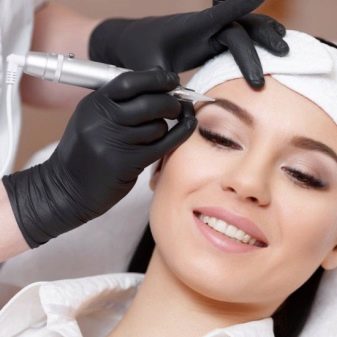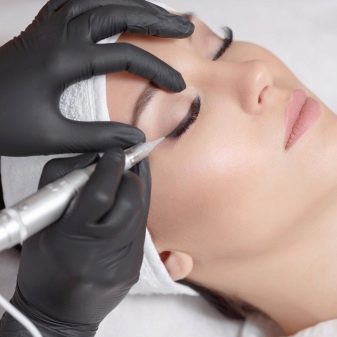Correction of permanent makeup
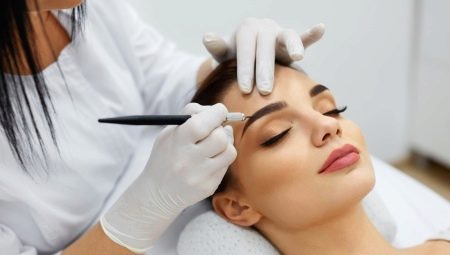
Permanent makeup has already firmly entered the life of many modern women, because you no longer need to get up earlier to put on makeup, and your face looks perfect after sleep. However, any lady understands how important a correction is. We will consider the features of this procedure, its purpose and conduct in the article.
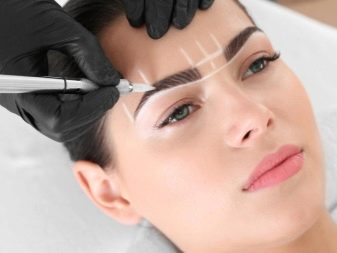
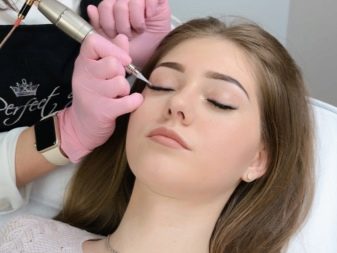
What is it for and when to do it?
Coming to the master for the first time, any woman will take an interest in how the result will look like. It is worth noting that in most cases one procedure is not enough to achieve the perfect make-up.
The master selects a drawing together with the client, then begins the procedure for the direct injection of the pigment. After the session, the eyebrows and eyelids will need compulsory care: for some time they cannot be wetted, you will have to use special healing and restorative agents.
In addition, the clients are waiting for the appearance of a crust, which in no case can be torn off on their own. Only after the dermis has completely healed will it be possible to see the promised result.
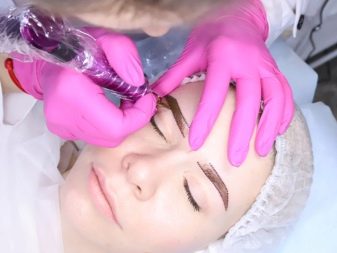
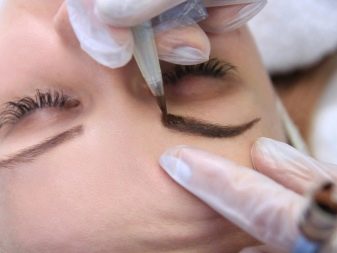
However, it does not always turn out as expected. There are several reasons for this.
-
Fading pigment... It is not uncommon for the pigment to lose half of its color. This is due to the characteristics of the woman's dermis.
-
Uneven distribution... It also happens that in one area the pigment is bright, and in another it is almost invisible. The paint is not always distributed correctly. The outline can also be partially blurred.
-
Imperfect drawing... Even professional craftsmen can go wrong with perfect contours. This also needs to be taken into account. Asymmetry, vagueness - all this should be corrected.
Correction in any of the above cases is required. You can even say that it is always required. It is best to sign up for a permanent make-up correction procedure to the same master, since he already knows the peculiarities of your skin. Before the session, you cannot visit the pool and bathhouse, sunbathe in direct rays, rub and injure the tattoo area. Alcohol and fatty foods should be excluded. Do not apply cosmetics to the treated area. Too active sports training is also prohibited.
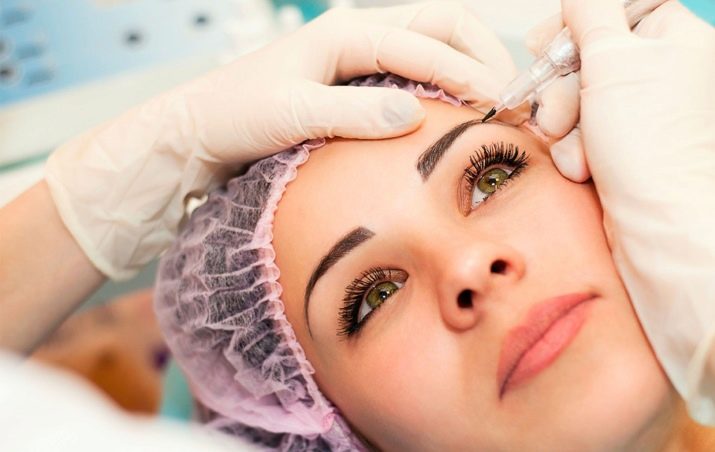
The first correction after tattooing is done no earlier than 3 weeks later, and it is even better to wait a whole month for the dermis to heal better. It is absolutely pointless to go to the master in a couple of days and require correction - not a single self-respecting cosmetologist will touch the injured skin ahead of time. Whatever the result, you will have to wait. Only after complete healing can we talk about correcting deficiencies.
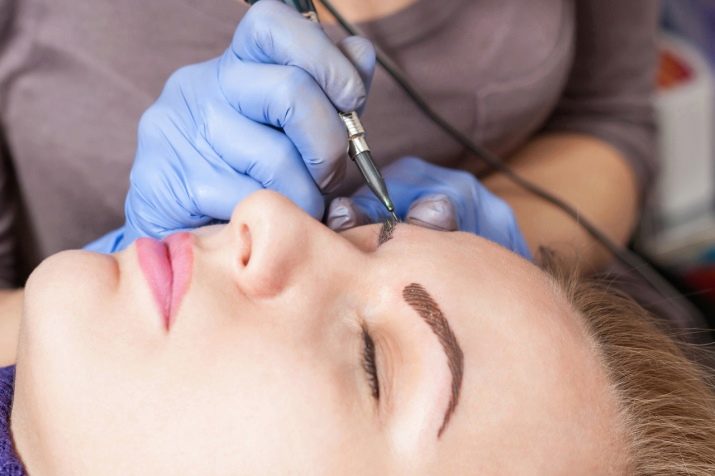
There are two main types of permanent tattoo correction.
-
Correction... This is exactly the view that was written about just above. This type of correction identifies and corrects deficiencies in the initial pigment injection procedure. It rarely happens that everything falls flat. A fix will be needed anyway. During such correction, you can correct the contour, as well as completely change the color of the pigment, if the client found it unsuitable.
-
Update... When the drawing is completely corrected, and the pigment has lay flat, you can forget about corrections for several years. As a rule, the standard term is 2-3 years. But a renewal correction can be done earlier if the pigment begins to lose color, bald spots appear, or you are already tired of the usual image.
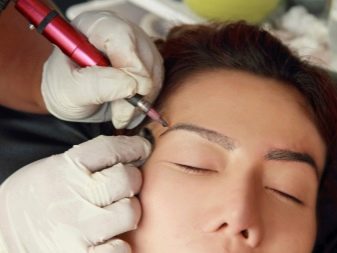
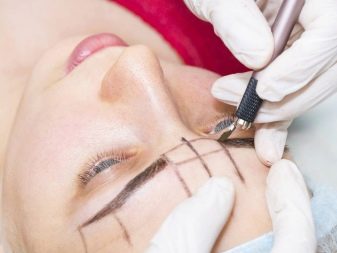
Correction in the cabin allows you to correct several important points.
Colour
The pigment may change color during wear. And it's good if it just becomes lighter, but situations are not uncommon when it turns pink or blue. This is due to improper care. A shade that has sharply changed its color can be changed by choosing a more successful option. It is worth thinking about the professionalism of the master if he offers to cover the contour with a beige tone in order to mask it.
In no case do not agree to this, because the beige will quickly fade away, and the unsuccessful make-up will show through it.

Do not rush to correct if the tone seems too dark to you. Craftsmen who are familiar with the peculiarities of the dermis often deliberately inject the pigment 1-2 shades darker, since the paint fade slightly in 100% of cases. The result will be visible only after a while.
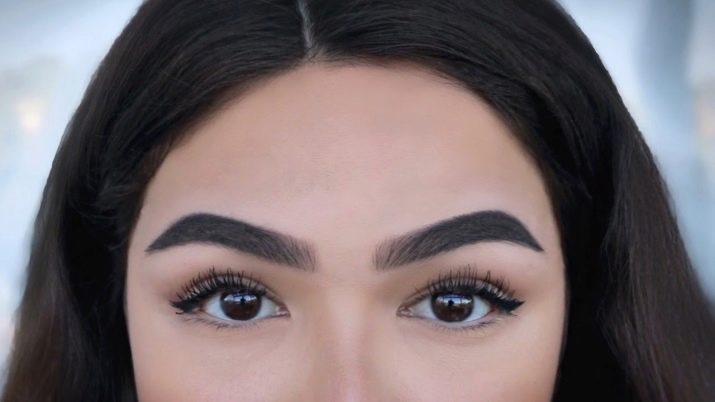
Uniformity
It so happens that the pigment is colored spots. This is especially visible on the lips and eyelids. Eyebrows can be poorly drawn, because only a professional can make the strokes look like combed hairs. Stains that look natural are easy to fix. If the bald spots do not look very natural, one procedure may not be enough.
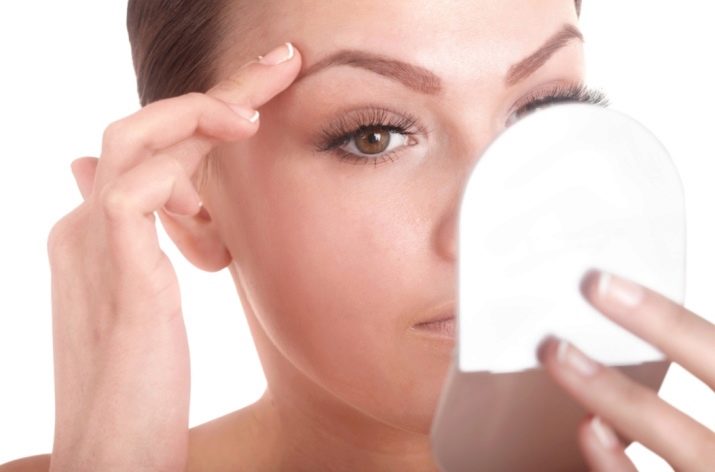
The form
If it turns out not quite perfect, you should not always blame the master. Before the procedure, a specialist performs a sketch, the cosmetologist draws an image with a special pencil so that the client understands how it will look. However, in the end, not everything can turn out as intended. Taking a closer look at the form, which she liked so much from the very beginning, a woman can understand that this is not her "story" at all. And here the correction will be the only salvation.
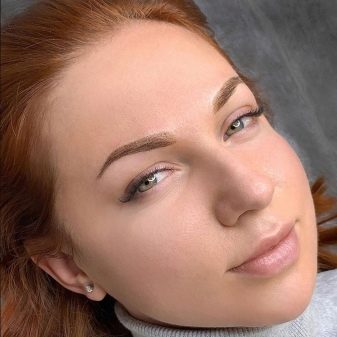
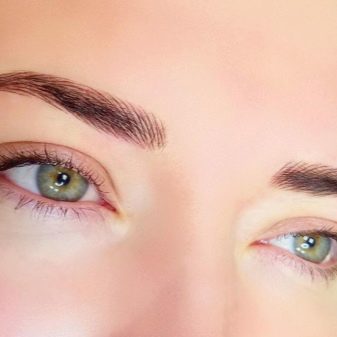
How is the procedure going?
1-2 months after applying the permanent, it is necessary to register again with the master... The session will have to be postponed if you have the first days of your period, you are sick and are taking antibiotics, or any chronic illness has worsened.
The correction procedure is carried out in the same way as the initial intervention. The master estimates the amount of work, then the lady changes into sterile clothes and lies down on the couch.The beautician will degrease the corrected area and disinfect it. This will be followed by anesthesia. Then, using special spray needles, the pigment will be injected under the skin. The wizard will correct what was done wrong the first time:
-
shape;
-
Colour;
-
circuit;
-
drawing.
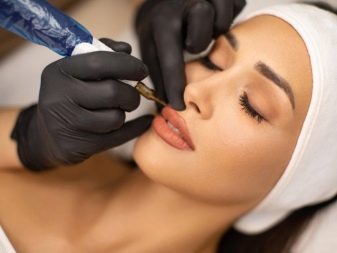
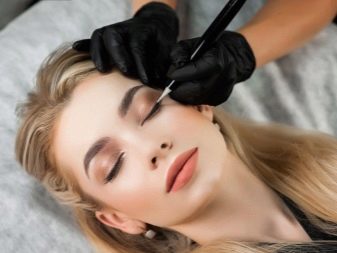
At the end of the session, a special preparation is applied, which will help the skin to calm down, subsequently providing it with faster regeneration and recovery.
After the correction procedure, the dermis will heal for about three weeks, just like the first time... Be sure to take good care of your skin at this time. Apply antiseptics, healing creams, and ointments. Avoid contact with water and cosmetics. Puffiness should also be expected, but it will not be so strong, and redness will be much less. A crust will appear, but it will also be smaller, because this time the beautician has not processed all the zones and not so carefully.
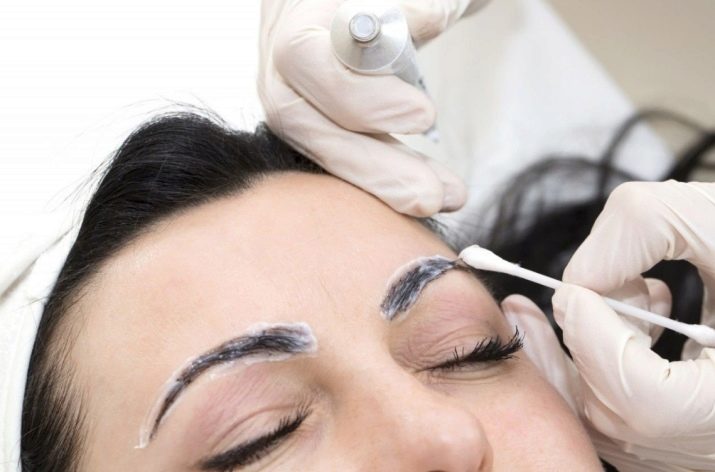
Not very often, but sometimes it still happens that the client is not completely satisfied with the result of the performed permanent. In this case, you have to resort to laser removal, which has many contraindications and can even be dangerous when it comes to removing pigment from the eyelids.... The procedure is quite lengthy: as a rule, about 4 sessions are required here, and the break between them will be about 2 months. The cost of the procedure is high. To avoid such deplorable situations, you should not contact the first master you come across.
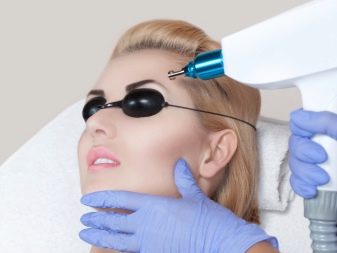

What will happen if you do not carry out the correction?
Of course, no master can force a correction to be made. However, it is advisable to think carefully about the feasibility of refusal. It is no secret that there are procedures that require more than one session. If the drawing is laid in layers, then each subsequent one can be applied only after the previous one has healed. You should not quit your job halfway, because then you will have to display the unfinished tattoo.

Even if the client thinks that everything worked out perfectly the first time, she should still sign up for the procedure. If this is not done, defects that you do not see will appear pretty soon. The pigment can quickly lose color, and after six months the treated area will become pale or take on an unnatural shade. The master will be able to see the mistakes and correct them, and then the makeup will be worn for several years.
